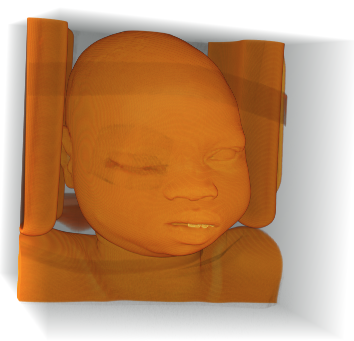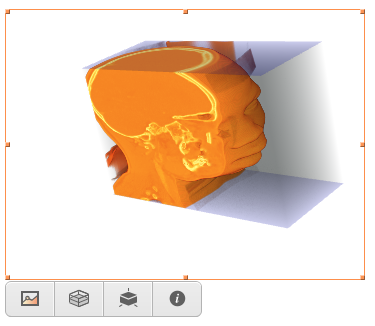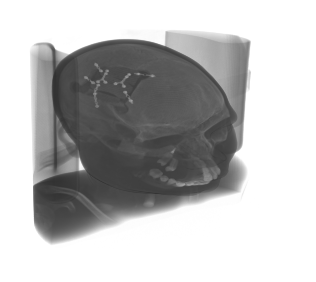Hi,
using the data appears to be quite straight forward. I guess that this is one of the strengths of Mathematica/the Wolfram Language. You first download the file, I have chosen this example. After unzipping it, you get a folder from which you can load the slices:
slices = Import[#] & /@ FileNames["*.dcm", "/Users/thiel/Desktop/CT2 tête, face, sinus/OS/"];
Image3D deals with the 3d reconstruction.
Image3D[slices]

If you click on the image you get a couple of icons. The second of which can be used to slice the 3D representation:

There are, of course, other colour schemes which might help to understand the data better. Try for example
Image3D[slices,ColorFunction->"XRay"]

Cheers,
M.
PS: Not all DICOM files on that website can be imported correctly.